The dark clouds gathering over Davos at the end of the World Economic Forum are not just of the snow-bearing variety (although it is due to be a very chilly minus 17C tonight). The heaviness comes from a growing sense of an unravelling international order. This is seen in wide-scale distrust of institutions and their leaders alongside horrific conflicts threatening stability around the globe, ongoing inequalities within and between nations, and the ever growing impacts of the climate crisis.
This state of uncertainty is true as well in the still elusive concept of climate finance, the subject of IHRB’s panel discussion hosted in partnership with the Government of Switzerland. As moderator, I formulated my initial thinking on the way up the mountain here, but how did the discussion turn out on the night?
Reaching net zero requires an estimated $3-5 trillion of green finance a year by 2030, and then every year to 2050. This is a multi-fold increase from where we are now (the $100 billion promise of annual concessional finance made back in 2009 has still not been achieved). The key outcome document of COP28 in Dubai last month says all of this, as well as the fact that the transition will need to be “just, orderly and equitable.”
What that document doesn’t say explicitly, but everyone knows, is there is very little faith in the international financial system to deliver outcomes that truly deliver justice or an improvement to respect for and enjoyment of human rights around the world – particularly given many see it as continuing to primarily serve the interests of the Global North over the South. Trust is a commodity now so scarce that if you could bottle it then you would be the richest person on the planet.
Investing in the ‘social complexity’ of the green transition
Our panel took stock of this moment, and sought to identify pathways forward. Sharan Burrow (former General Secretary of the ITUC), Mafalda Duarte (Executive Director of the Green Climate Fund), Leslie Johnston (CEO of the Laudes Foundation) and Rachel Kyte (former UN Special Representative for Sustainable Energy for All) (pictured) brought into the room vast knowledge of how green finance works, and needs to work, from their perspectives in and outside government, the private sector, organised labour and philanthropy.
As Rachel Kyte puts it in an interview at the event: “ ‘It’s not just about an aid programme or a climate finance programme. It’s about the social safety net fit for purpose for a world where you are already vulnerable because of climate change … Is your social safety net going to allow people on low income to acquire green energy?’ Funding would also need to provide for communities to adapt and build resilience against climate impacts. Trade and investment, as well as rules and incentives allowing finance to flow to emerging markets where green infrastructure needs to be built, are key.” Mafalda Duarte said in her interview about her own work that “blended finance needed to be part of the equation in responding to the vast needs that climate-vulnerable countries will require in the coming years. ‘There are types of investment that the private sector will not make without us or the government becoming involved. That is where we come in.’ “
All the panelists conceded that most of the $ trillions required will need to come from private investment. But experience so far suggests that many private investors are wary of investing in the ‘social complexity' of the green transition – the need for these industrial transitions to be not only fast and deliver economically viable returns but also fair and equitable to the many workers, communities, indigenous groups, and marginalised and vulnerable communities that risk getting left behind without meaningful engagement and thoughtful policy.
Costing in a just transition is not optional, it needs to be a requirement of all green investment. Without support from workers, customers and communities, any ‘pure green’ investment risks societal opposition and ultimately delays, if not outright failure.
Baking just transition into the whole investment cake
Waiting for philanthropy or donor governments to ‘de-risk’ green investment by taking some of the riskier or low-return social aspects off the table is – the panel agreed – a fallacy. Instead, the cost of a just transition needs to be fully baked into the whole ‘transition cake’ – making every investment a little more expensive, but also reflecting a truer cost of business than has been achieved in the fossil fuel era. When calculating specific just transition financial estimates (such as the $75 billion a year figure in the December 2023 report of the Independent High-Level Expert Group on Climate Finance) this should be understood as part of the whole and not a silo of separate funding. It might be that sovereign wealth funds (state-owned funds) eat the first pieces of the cake (as is the case with the Just Energy Transition Partnerships – JETPs – at the moment), but ultimately everyone is eating the same cake.
Any blended finance approach needs to be one of integration, and not pick and mix or silos, which means ensuring that Nationally Determined Contribution (NDC) strategies of governments become the nexus for strategic financial alignment. Just transition authorities – such as those in Canada, Australia and Scotland – were also referenced by the panel as an important tool of national and sub-national governance and an interface with workers, communities and other affected groups.
But getting to scale is not easy when there is systems failure everywhere. One commentator put it to me as follows, that for donor governments, blended finance is most often not new money, it is the ‘same water but in different bottles’. The point has been made elsewhere that much of the concessional finance available for transition investments is development money re-routed from elsewhere and at a time when many donor governments are less generous. The net social benefit might actually be negative if left to the traditional donors alone.
Mobilising private finance
This brings us back to the question of how private finance can be mobilised at scale for the just transition. Changing the way investors measure performance and reward banks and other businesses that embrace responsible transition processes was one reflection from the panel. Getting the private banking sector to better incentivise itself was another: the insurance market is descending into crisis with spiraling premiums in part due to the impacts of climate change. Yet the investment arms of the same companies are not aligning around adaptation and mitigation, and very rarely consider how to involve workers and communities in decision making and ensure widespread benefits from urgent climate actions. Stronger market regulation, greater transparency, streamlined planning and permitting for green energy, were all invoked during the discussion. There are many pieces to the multi-systems puzzle, each dependent on the others, but concrete and tangible solutions are being desperately sought.
I pushed the panel to think about the specific financial products and services that would be required. Some learning is already emerging through Just Energy Transition Partnerships (JETPs), investments of the Green Climate Fund and the wider blended finance community, but we are clearly still just starting out.
Under normal circumstances, if we did not have only six years to get to scale, we might be optimistic about gathering the necessary momentum – but with so little time there is no option other than to learn on the go, understanding that mistakes will be made.
A call for confidence
To deepen the analysis, the emerging work of the new “Just Transition Finance Lab” at the Grantham Institute of the London School of Economics was cited, including our own joint project mapping the spectrum of capital against just transition principles to illustrate that “just transition finance” is not a homogenous lump sum, with different players and types of capital having their own role to play. This is clearly an area for deeper interrogation next time that Davos organisers and others will need to take on board.
The panel ended with a call for confidence. We were reminded that 15 years ago few believed the market would bear the cost of green energy investments at all, given their cost when compared with fossil fuels. Today the business case is clear, and renewables are often cost-competitive if not cheaper (despite the continuing volume of fossil fuel subsidies). The time is now overdue to increase short-term investment costs once again, but this time to ensure that all green finance becomes socially sustainable.
There are many distractions, but we know what needs to be done. Take a little confidence.


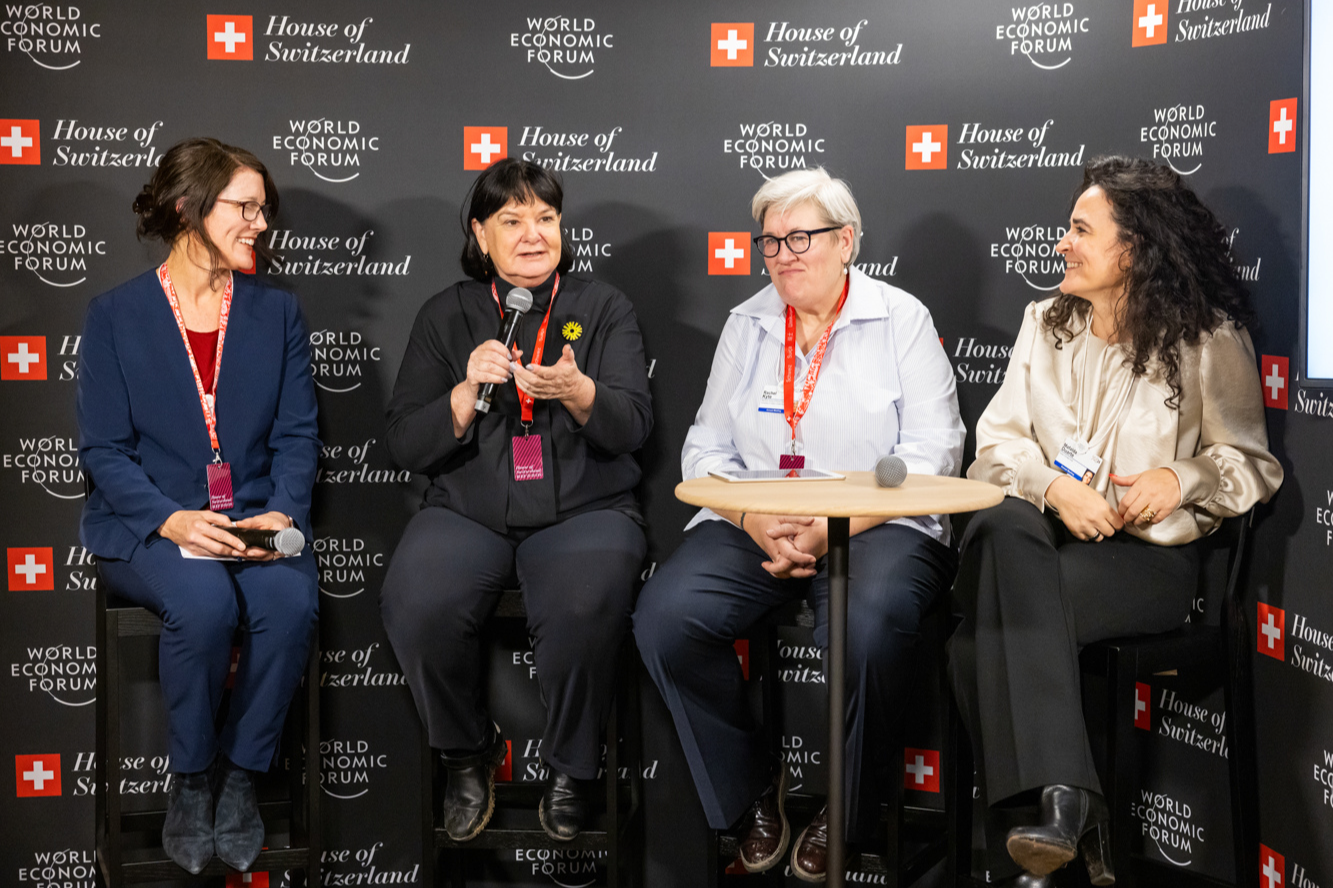
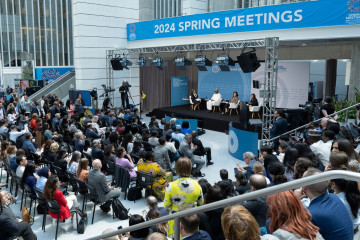


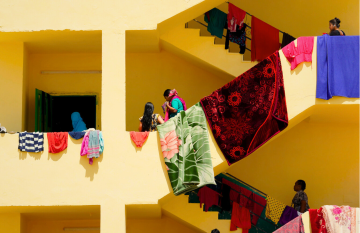
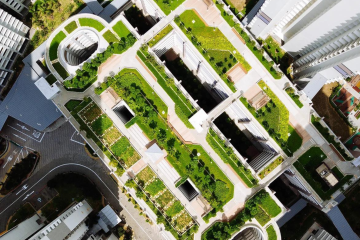
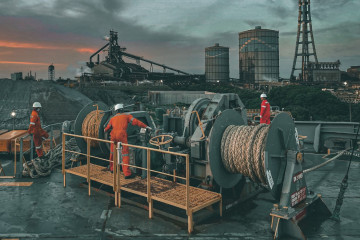
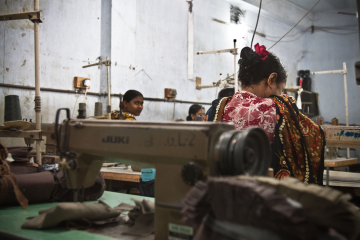

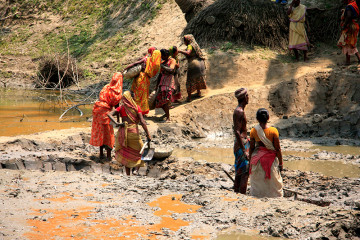
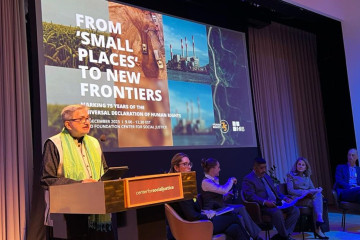
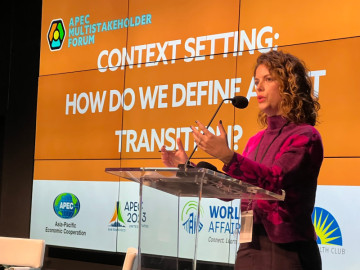
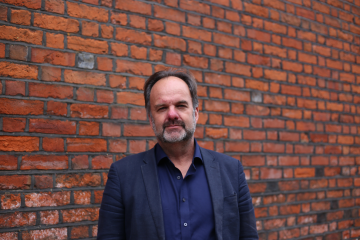
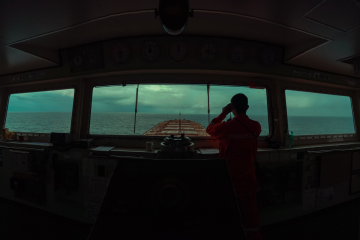
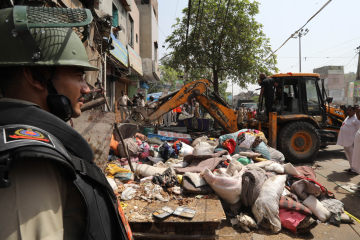


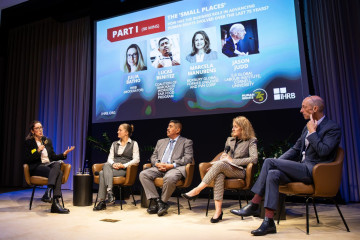

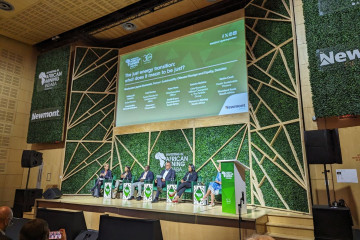
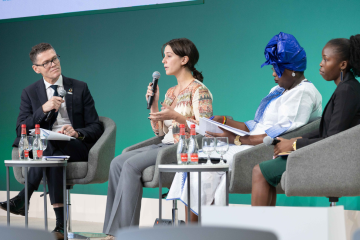

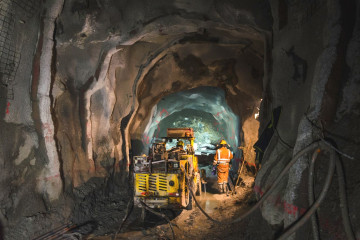

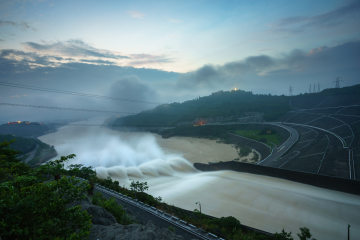
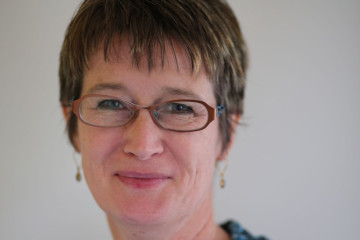
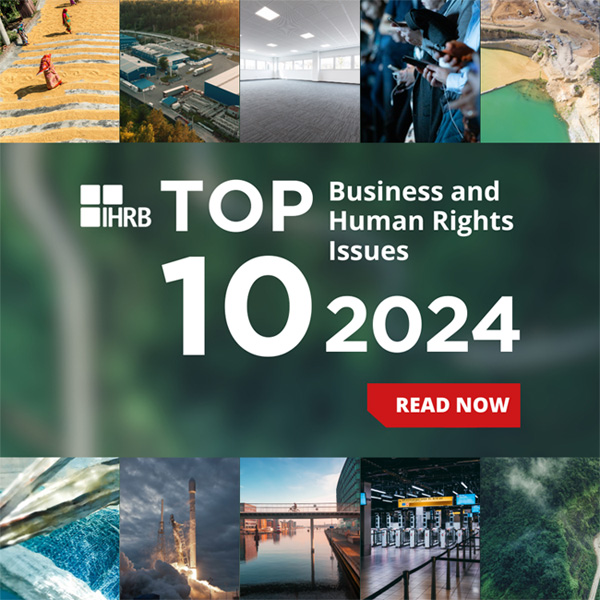
The perception of ‘value’ needs to change if the World Bank’s mission is to succeed
Last week we attended the Spring Meetings of the World Bank and International Monetary Fund (IMF) in Washington, D.C. The annual IMF-World Bank meetings bring together finance ministers and central bankers from all regions as a platform for official...
26 April 2024 | Commentary
Commentary by Vasuki Shastry, Author, ESG/Strategic Communications Expert; International Advisory Council, IHRB Haley St. Dennis, Head of Just Transitions, IHRB